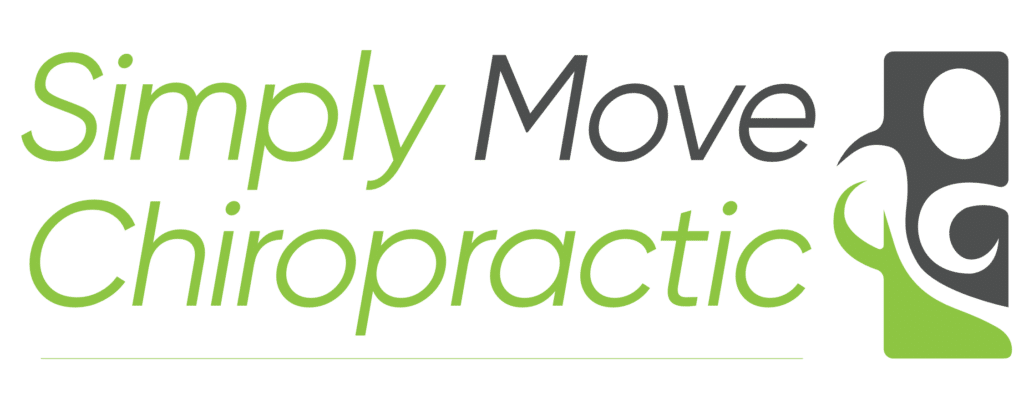Ankle pain can be a real hindrance, affecting our daily activities and overall quality of life. Living in Charlotte, NC, I see many patients suffering from this issue. Understanding the causes, diagnosis, and treatment options for ankle pain is crucial for effective management and recovery. In this blog post, I’ll delve into these aspects and highlight the treatments available at Simply Move Chiropractic, including Active Release Technique (ART) and dry needle therapy.
Causes of Ankle Pain
Ankle pain can stem from various sources, often related to injury or overuse. Common causes include:
1. Sprains and Strains: These occur when the ligaments or muscles around the ankle are overstretched or torn, usually due to sudden twisting or rolling of the ankle.
2. Tendinitis: Inflammation of the tendons around the ankle, often caused by repetitive stress or overuse.
3. Arthritis: Osteoarthritis or rheumatoid arthritis can affect the ankle joint, leading to pain and stiffness.
4. Fractures: A break in any of the bones in the ankle can result from trauma, causing severe pain and swelling.
5. Achilles Tendon Issues: Conditions like Achilles tendinitis or a ruptured Achilles tendon can cause significant pain at the back of the ankle.
It’s important to remember that ankle pain can be the result of issues elsewhere in the body. This could be biomechanical, where imbalances in the knee or hip can lead to ankle pain. Or it could be more physiological like nerve compression in the back or even diabetes.
Diagnosing Ankle Pain
Diagnosing the exact cause of ankle pain involves a thorough assessment, including:
1. Medical History: Understanding the patient’s history, including any past injuries or underlying conditions.
2. Physical Examination: Assessing the range of motion, stability, and specific areas of tenderness in the ankle.
3. Imaging Tests: X-rays, MRIs, or ultrasounds may be necessary to get a detailed view of the structures within the ankle.
Treatment Options
At Simply Move Chiropractic, I focus on personalized treatment plans to address ankle pain effectively. Two of the key treatments I offer are Active Release Technique (ART) and dry needle therapy.
Active Release Technique (ART)
ART is a hands-on therapy that targets soft tissue injuries. It involves precise movements to release tension and improve mobility in muscles, ligaments, and tendons. For ankle pain, I often treat the following muscles:
•Gastrocnemius and Soleus: These calf muscles can contribute to ankle pain, especially if they are tight or overworked.
•Peroneal Muscles: Located on the outside of the lower leg, these muscles support ankle stability and can be a source of pain when strained.
•Flexor Hallucis Longus and Flexor Digitorum Longus: These muscles run along the inside of the ankle and are crucial for foot movement.
By addressing these muscles through ART, I can help reduce pain, improve flexibility, and restore normal function to the ankle.
Dry Needle Therapy
Dry needle therapy involves inserting thin needles into trigger points within the muscles. This can help relieve pain and improve muscle function. For ankle pain, I often target:
•Trigger Points in the Calf Muscles: To alleviate tension and improve blood flow.
•Peroneal Muscles: To reduce pain and enhance stability in the ankle.
Dry needle therapy can be highly effective in reducing pain and promoting healing in the affected areas.
Kinesiotaping
Kinesiotaping is a therapeutic technique that involves applying a special type of tape to the skin in specific patterns. This can help support and stabilize muscles and joints without restricting movement. For ankle pain, kinesiotaping can:
•Reduce Swelling and Inflammation: The tape lifts the skin slightly, allowing for better lymphatic drainage and reduced swelling.
•Support Muscles and Joints: By providing external support, kinesiotape can help prevent further injury and aid in the healing process.
•Enhance Proprioception: The tape can improve body awareness, helping you to move more correctly and avoid aggravating the injury.
Kinesiotaping can be an excellent addition to your treatment plan, providing support and pain relief while allowing you to remain active during recovery.

Compression Therapy
Compression therapy is another valuable treatment option for ankle pain. It involves using specialized equipment to apply controlled pressure to the affected area, improving blood flow and reducing inflammation. At Simply Move Chiropractic, I offer advanced compression therapy that can:
•Reduce Swelling and Inflammation: By enhancing circulation, compression therapy helps decrease swelling in the ankle.
•Accelerate Healing: Improved blood flow can speed up the recovery process by delivering more oxygen and nutrients to the injured tissues.
•Relieve Pain: The pressure from compression can alleviate pain and discomfort, making it an effective complementary treatment for ankle pain.
By integrating compression therapy into your treatment plan, I can provide a comprehensive approach to managing and relieving ankle pain.
Addressing Biomechanics
Understanding and addressing biomechanics is essential for both finding the root cause of ankle pain and guiding the rehabilitation process. By analyzing how you walk, run, and move, I can identify any biomechanical issues that may be contributing to your pain. Common issues include:
•Overpronation or Supination: Abnormal foot mechanics can place undue stress on the ankle.
•Poor Footwear: Shoes that do not provide adequate support can exacerbate ankle problems.
•Muscle Imbalances: Weakness or tightness in certain muscle groups can affect ankle stability and function.
By correcting these biomechanical issues, we can not only relieve pain but also prevent future injuries. This might involve recommending specific exercises, orthotics, or changes in footwear.
Conclusion
Ankle pain can be debilitating, but with the right approach, it can be effectively managed and treated. At Simply Move Chiropractic, I offer comprehensive care that includes Active Release Technique, dry needle therapy, compression therapy, and biomechanical assessments. If you’re experiencing ankle pain in Charlotte, NC, don’t hesitate to reach out. Together, we can develop a personalized treatment plan to get you back on your feet and moving comfortably again.





